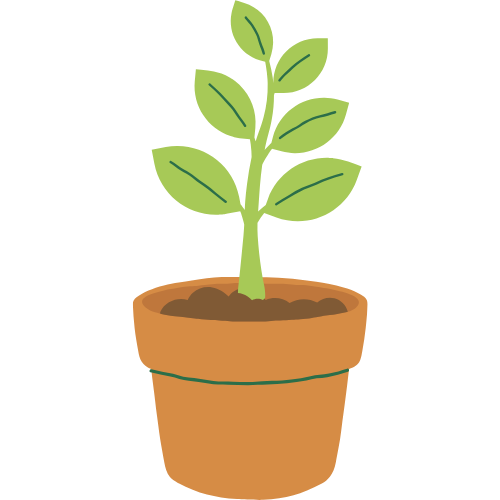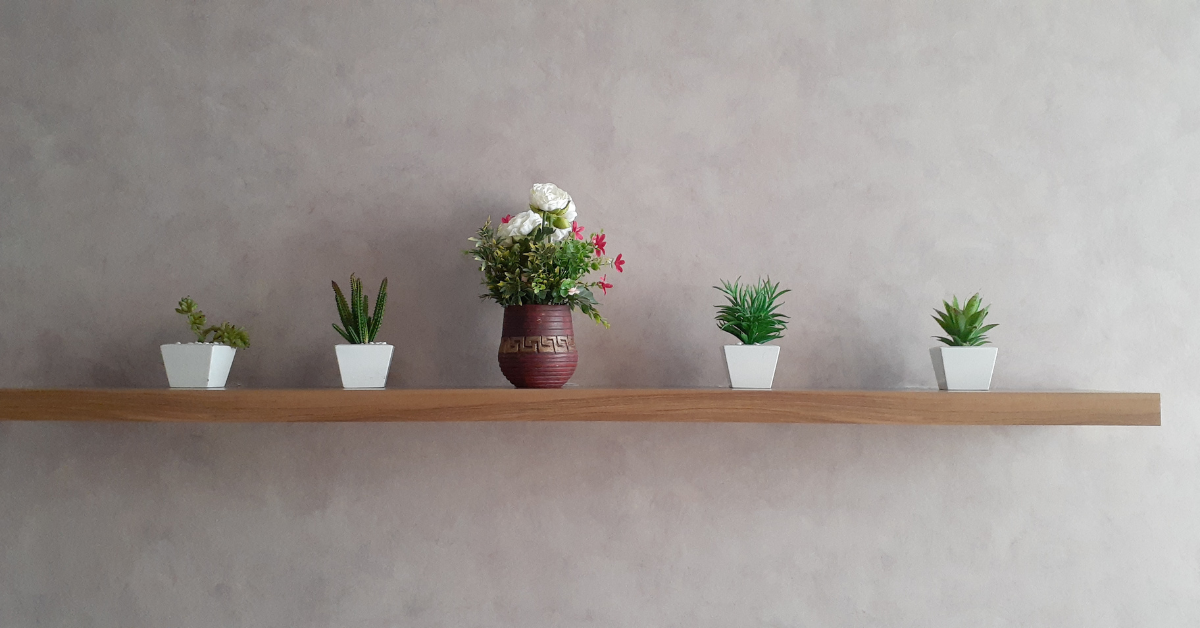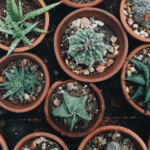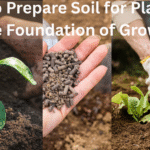The most basic part of indoor gardening, putting a plant in a pot, makes a wild specimen of botany a domesticated Item of ornamental life. The word, potted, not only means a container but also the system as a whole that the indoor plants live in. The material selection and size and the style of the pot and the contents are extremely important aspects of the overall health of a plant, a personal taste and the beginning to a successful indoor gardening.
The Pot: The dwelling place of plant and the design accentuator
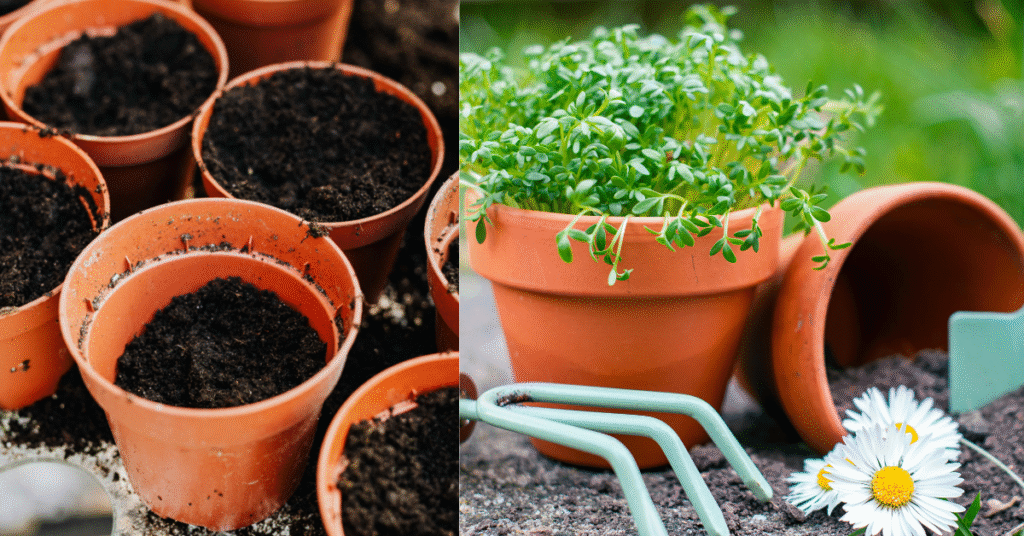
The pot which you want to plant is more than a container. It is the very climate where the roots of the plant are going to live and this is an important contributor to the general good health of the plant.
- Material Matters:
- Terracotta is an unglazed clay container with a very porous surface that supports the movement of air and moisture through the walls. This allows the soil to dry more quickly and these are therefore a good option when considering planting succulents or any other plant that may suffer root rot.
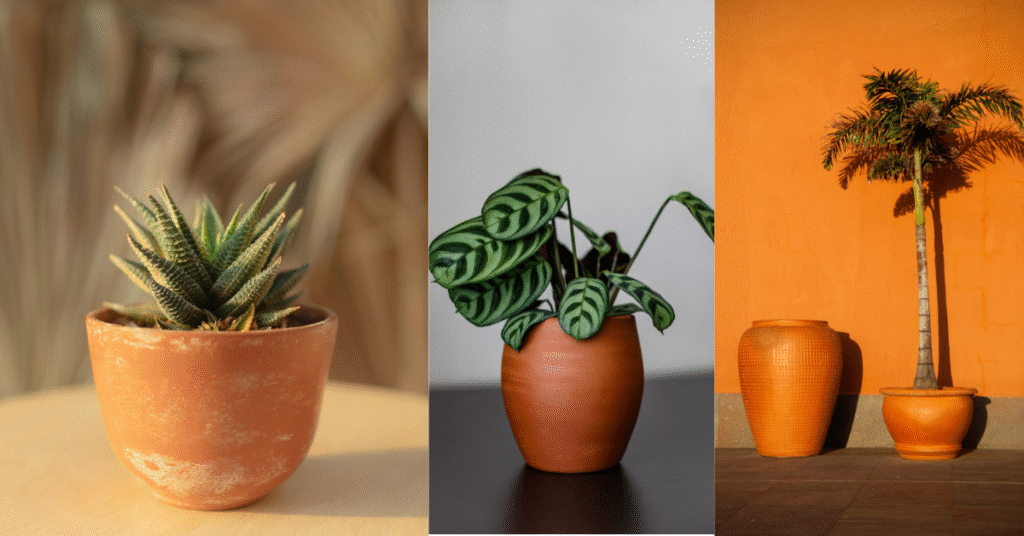
- Glazed and Porcelain Pots: They are non porous and can hold water longer. They are perfect on plants that need a lot of moisture in the soil such as ferns and peace lilies. The glossy finish also gives a lot of variety in color and design to suit any interior.
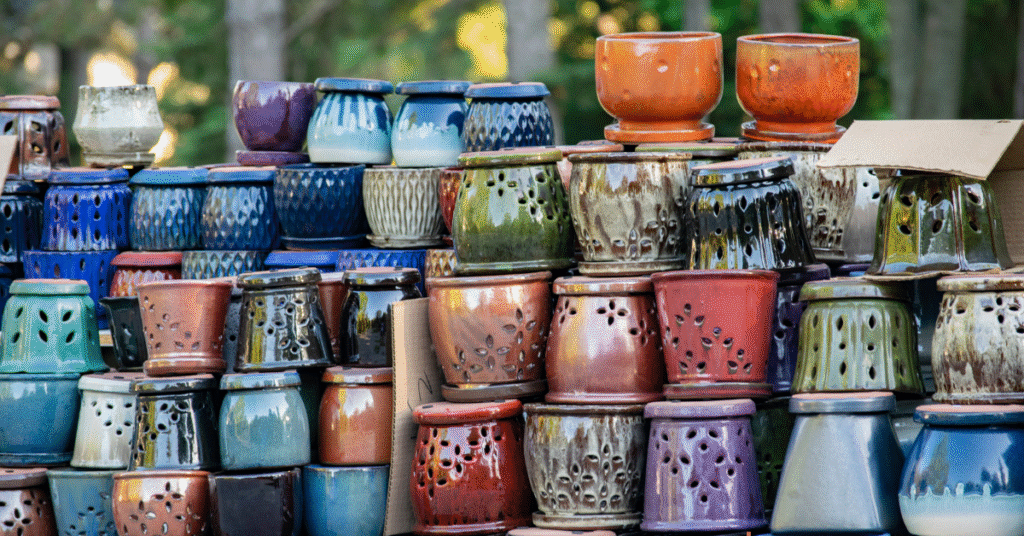
- Plastic Pots: Plastic pots are not only light and cheap, but also are a good option. They do hold water and are frequently planted in larger containers as temporary containers (often marketed as grower pots) used until the plant has a chance to establish itself in more favorable surroundings.
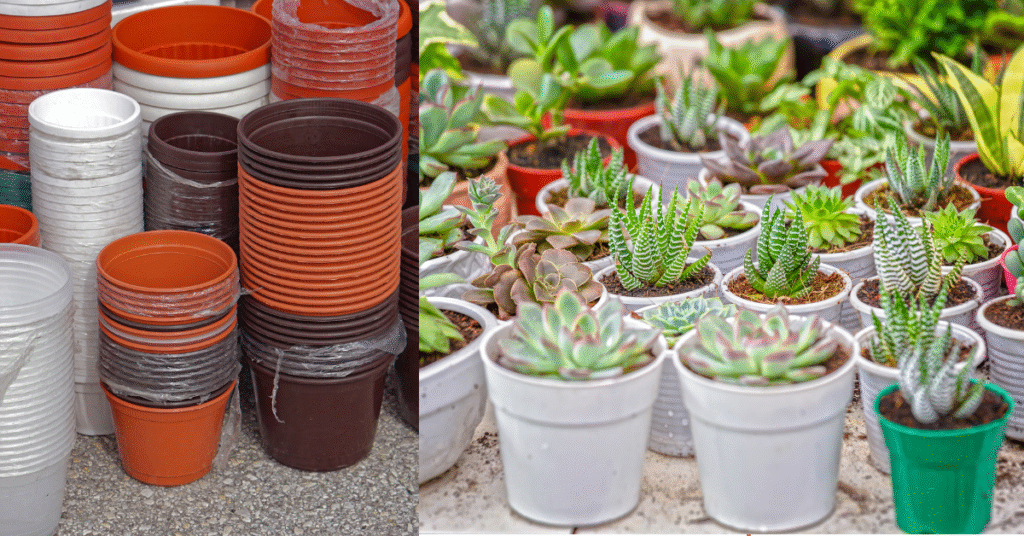
- Drainage is of the essence: Drainage is the single most important consideration in the health of a potted plant and the presence of a drainage hole in a pot was by far the most common one identified. It also drains off the surplus water so that the roots do not have to stay in the sloppy soil. In the absence of adequate drainage, it will become highly likely to develop root rot. Pots without drainage holes are more suitable as ornamental containers and it is the best idea to fill a small grower with a plant and put it into a larger decorative one.
- Sizing Up: It is important in ensuring that you select the right size of the pots. It is tempting to fill the pot to the top with soil as it will be easy to plant a large amount of material. But the excess soil will make the pot heavy and it will take too much time for the moisture to dry. The pot used must also be of the right size not too small that the roots of the plant are crammed up and not too large that it becomes root-bound. Ordinarily repotting is made when the roots fill the pot in which a plant is growing, and this is to be done when the pot is one or two inches diameter larger.
The Soil: a Plants Source of nutrition
The potting mix that you chose is the food and the anchor of your plant. It gives the nutrients required, aeration and moisture retention in healthy growth.
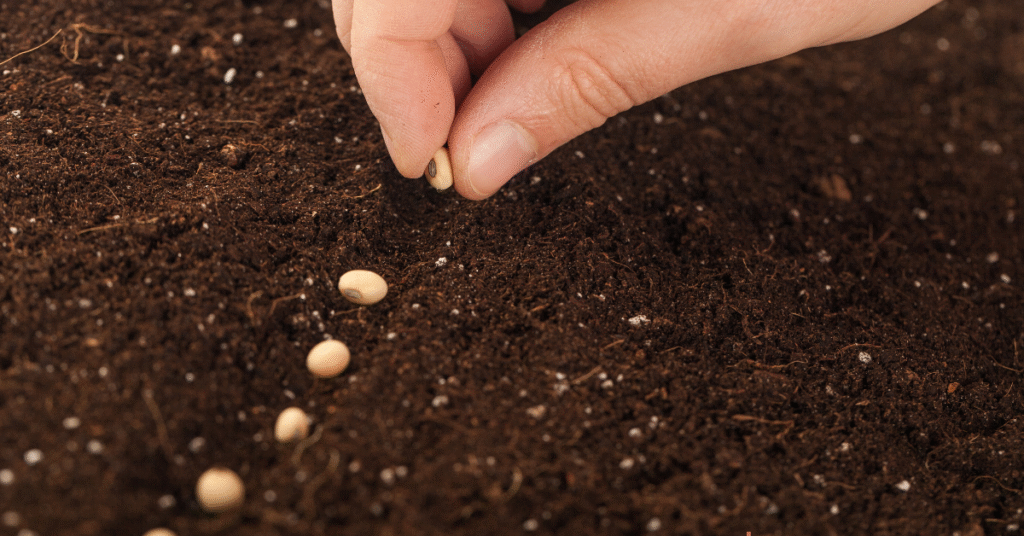
- General Purpose Potting Soil: General purpose is ideal when making potting mixes to use with any of the common house plants. It can normally include a mixture of peat moss, perlite, and vermiculite to have an even blending of moisture absorption and drainage.
- Special Mixes: The soils of different plants have varying needs.
- Succulent/Cactus Mix: This kind of mix is quick draining in nature and typically contains more sand, pumice, or perlite to simulate desertlike conditions under which these plants grow.
- Orchid Mix: This is because orchids are epiphytes and they require having good air around their roots. Their mixture is normally made of bark, charcoal and coarse materials.
Art of Potting
Potting is an activity that transfers a plant to a new habitat and gives them a new life. Repotting a plant that has a large or small root system is easy:
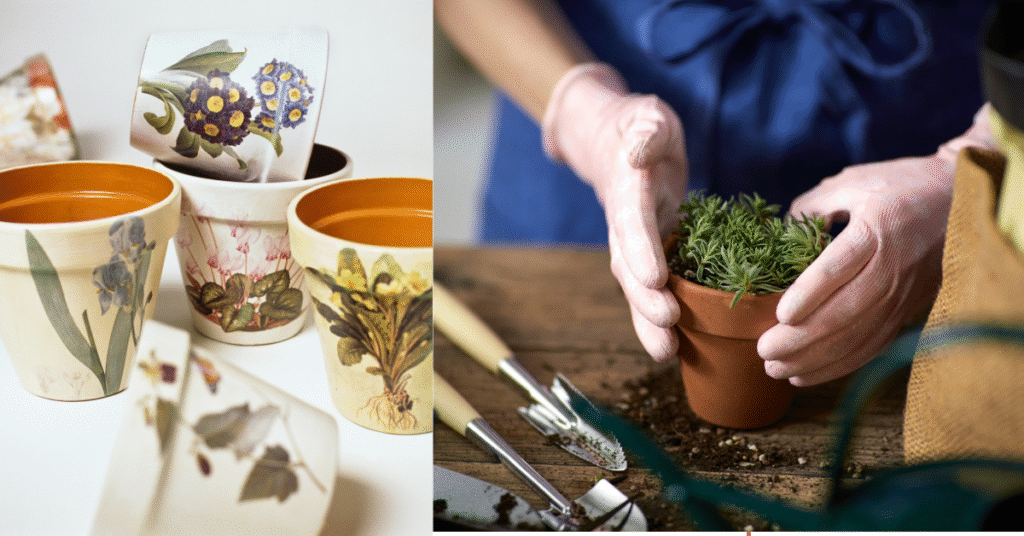
- Preparation: Take your new pot, new potting mix and the plant.
- Transplanting: Slide the plant out of its old pot gently, loosening the roots, which may be tussled together.
- Insertion: Pour some new dirt on the base of the new pot then place the plant on top and then fill up with dirt and tamp it down so as to get rid of air pockets.
- Watering: Careful watering should be done after repotting to settle the soil at the root area.
Finally, there is also the verb, potted, which ensures that indoor gardening can take place. It is a conscious decision to suppress the growth of one plant and to provide it with the life conditions and to include it into our everyday life. The pot and the soil are the unspoken heroes of a green plant that is flourishing in a house, as they form the container that supports the rest of the plant and makes us enjoy the beauty and benefits of nature in the inner walls of our houses.
